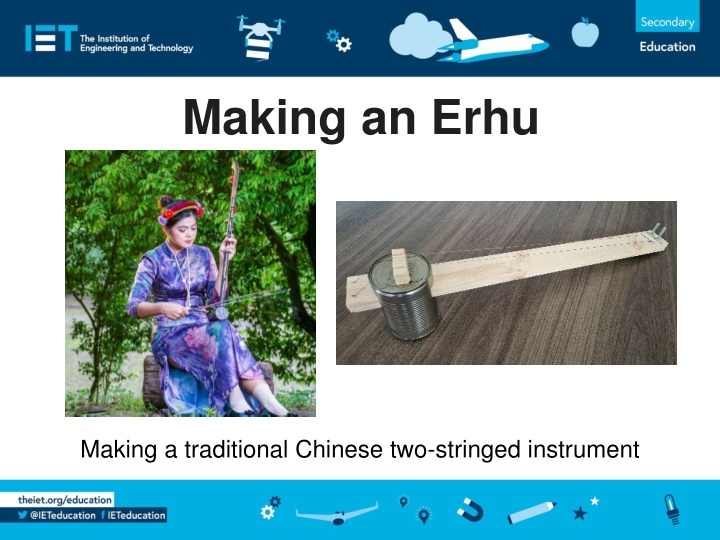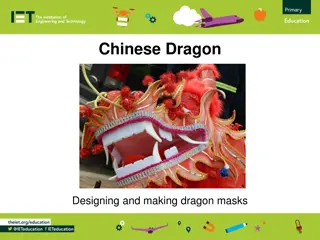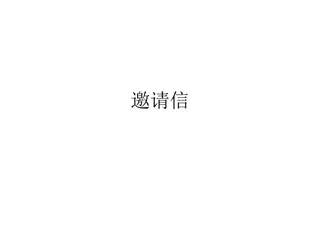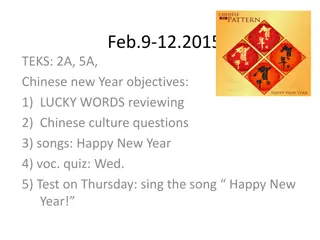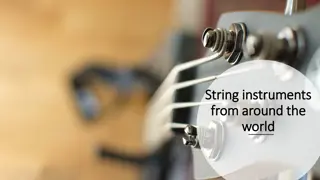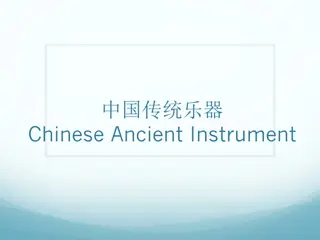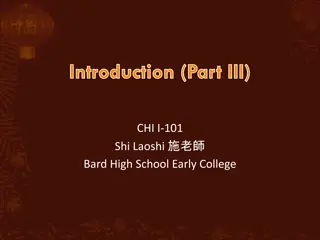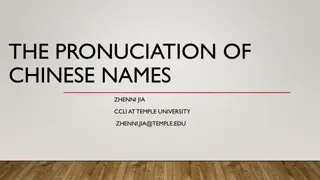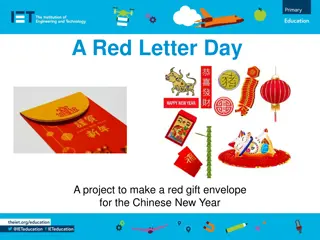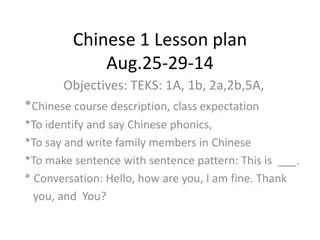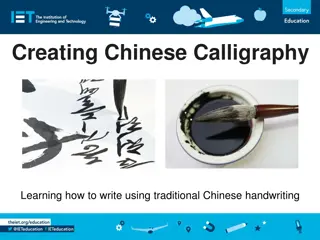DIY Guide: Making an Erhu - A Traditional Chinese Instrument
Discover how to craft an Erhu, a distinctive Chinese two-stringed bowed instrument, with simple tools like a tin can, wood pieces, screws, a drill, and fishing line. Follow step-by-step instructions to create tuners, cut slots in the can, drill holes for strings and tuners, and assemble the components to make your own Erhu for musical exploration.
Download Presentation

Please find below an Image/Link to download the presentation.
The content on the website is provided AS IS for your information and personal use only. It may not be sold, licensed, or shared on other websites without obtaining consent from the author.If you encounter any issues during the download, it is possible that the publisher has removed the file from their server.
You are allowed to download the files provided on this website for personal or commercial use, subject to the condition that they are used lawfully. All files are the property of their respective owners.
The content on the website is provided AS IS for your information and personal use only. It may not be sold, licensed, or shared on other websites without obtaining consent from the author.
E N D
Presentation Transcript
Making an Erhu Making a traditional Chinese two-stringed instrument
Stay safe Whether you are a scientist researching a new medicine or an engineer solving climate change, safety always comes first. An adult must always be around and supervising when doing this activity. You are responsible for: ensuring that any equipment used for this activity is in good working condition behaving sensibly and following any safety instructions so as not to hurt or injure yourself or others Please note that in the absence of any negligence or other breach of duty by us, this activity is carried out at your own risk. It is important to take extra care at the stages marked with this symbol:
What is an Erhu? The erhu is a Chinese two-stringed bowed musical instrument It is used as a solo instrument as well as in small ensembles and large orchestras It can imitate many natural sounds such as birds and horses
You will need Tools needed 1 tin can Wood 500 x 40 x 20 mm 2 x M5 machine screws Hacksaw or multi-tool Drill with bits 4 x M5 nuts Hot glue gun 1.2 m of fishing line Small bit of wood Wood saw
Step 1 Making the tuners For each machine screw, cut along the slot with a hacksaw until it goes through the head Try not to cut too deeply as it will weaken the screw, and might break when tightening (Screw upside down to show depth of cut)
Step 2 Cutting the can Mark two rectangular slots the same size as your stick Start about 15 mm from the end Use a hacksaw or multi-tool to cut straight across until the stick fits Cut the small ends carefully
Step 3 Holes for the strings Make two marks on one end of the stick as shown 15 mm from the end and 10 mm in from each side Drill a 2 mm diameter hole straight through each mark these will be for the fixed end of the strings
Step 4 Holes for the tuners Make two marks on the other end of the stick 15 mm from the end and 10 mm in from each side Drill a 5 mm hole straight through each mark these will be for the tuners Mark again 15 mm down from each of the first two holes Drill a 2 mm hole straight through each mark these will be for threading through the other end of the strings
Step 5 Making the bridge You will need a small piece of wood about 10 mm tall and the same width as your stick Cut two small grooves, about 3 mm in depth, 10 mm from each side Glue the bridge to the can
Step 6 String it up! Insert the tuners with the heads to the BACK of the Erhu Tie fishing line to the bottom end of the stick and glue in place Run it over the bridge, through the top holes and into the tuners
The finished Erhu Wrap the line around the tuners and tighten the screw to trap the line between the head and the nut This will pull the line tight and in tune
Oh When the Saints! Use the music on the worksheet to play along with Have fun and enjoy your Erhu! Written by Nat - thanks!
